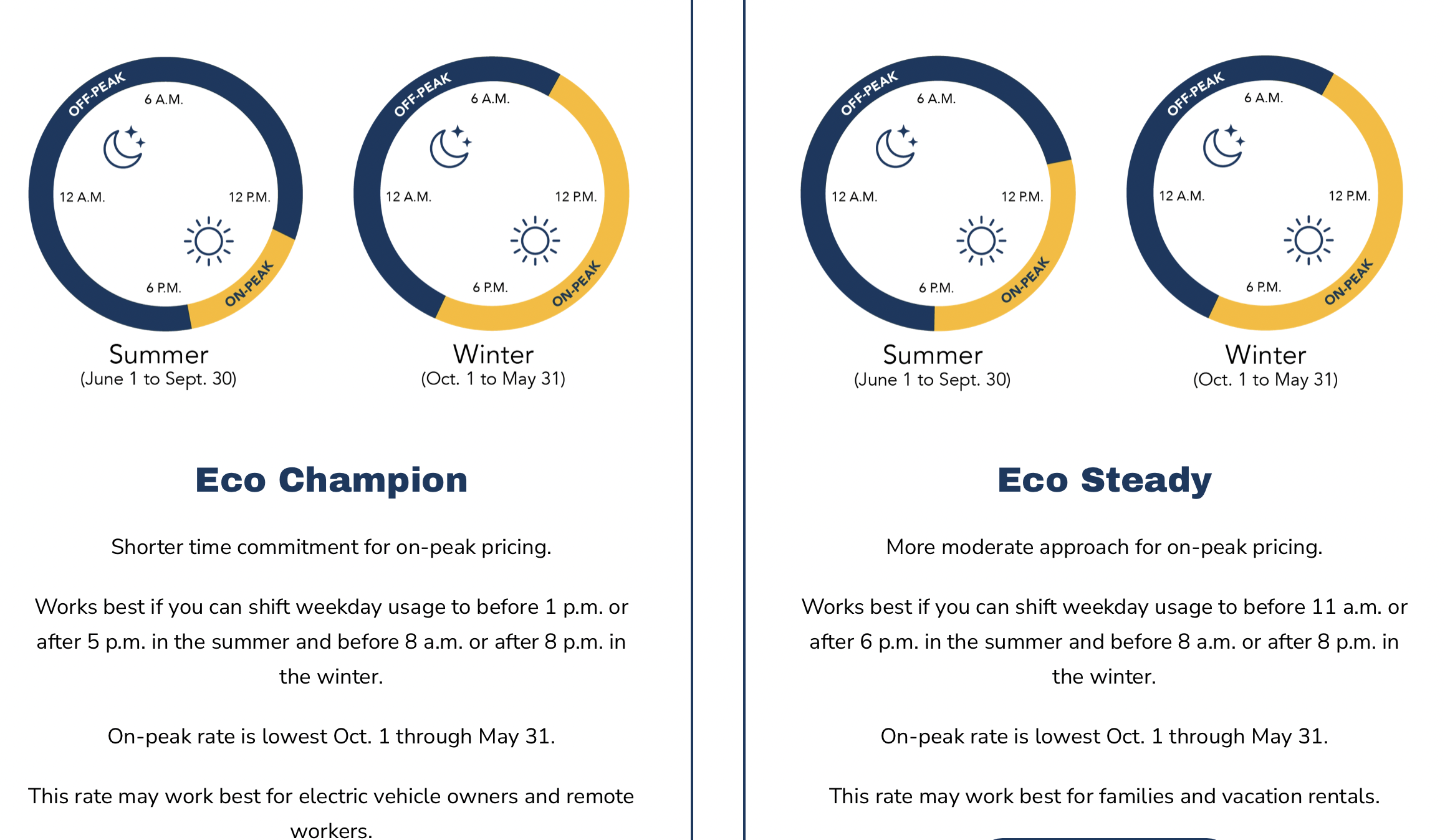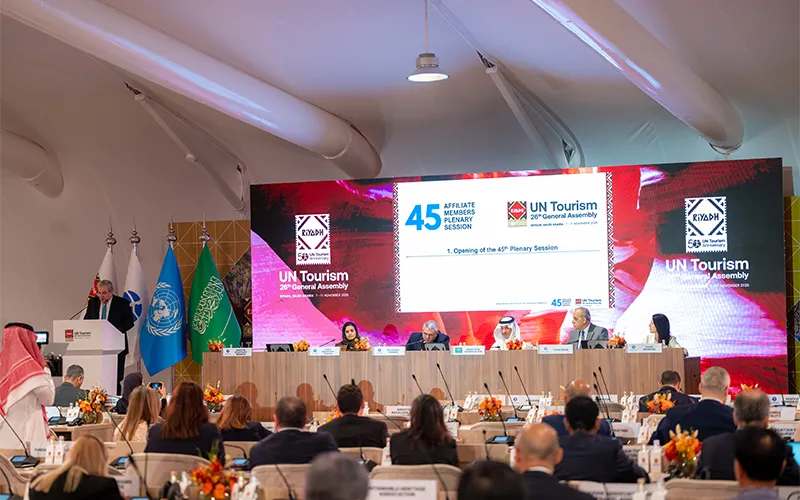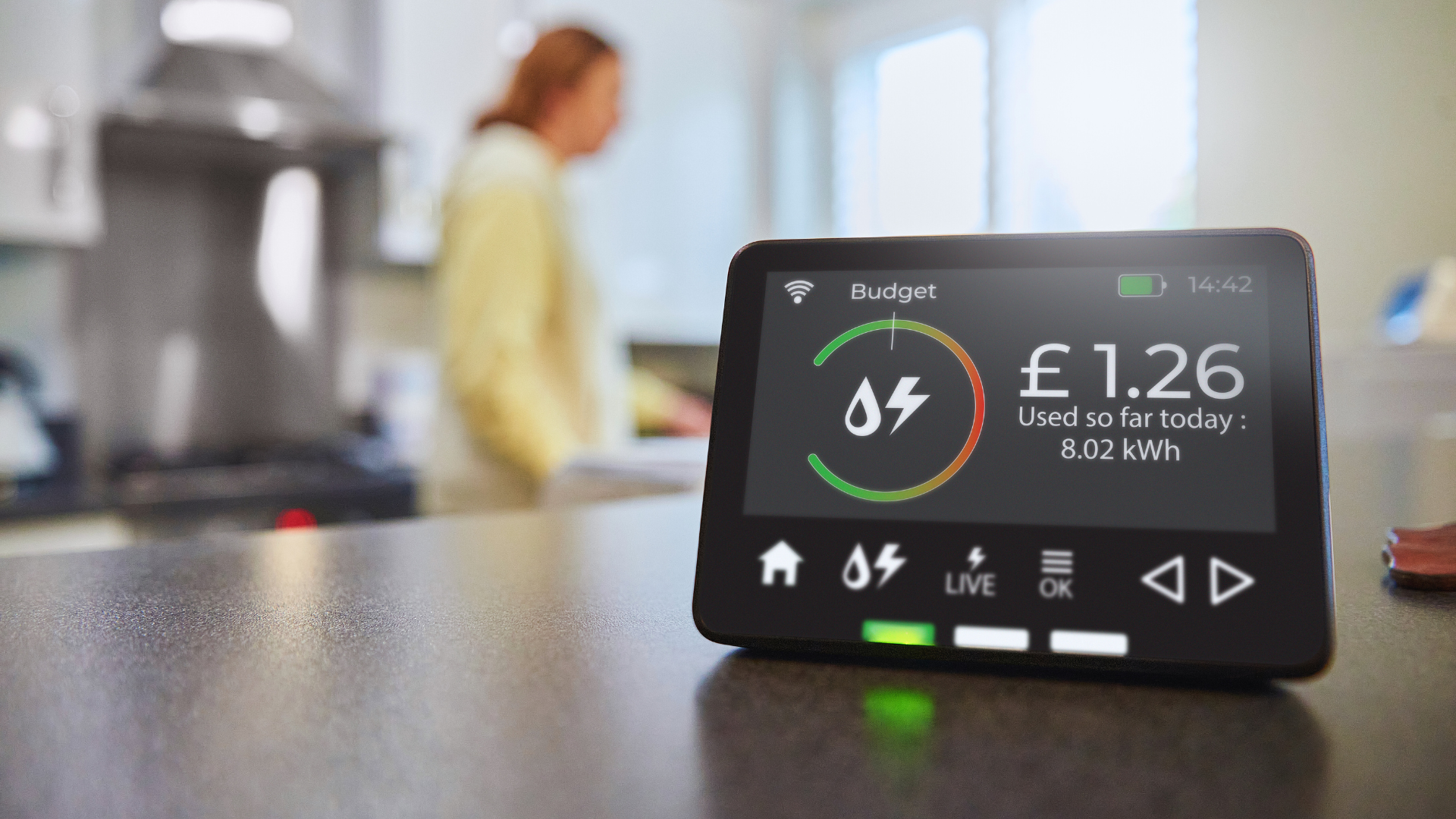Evaluating the planning efficiency for repetitive construction projects using Monte Carlo simulation technique – Nature

Report on Evaluating Planning Efficiency for Repetitive Construction Projects Using Monte Carlo Simulation
Abstract
Efficient planning and scheduling of repetitive construction projects, such as highway infrastructure, are fundamental to achieving key Sustainable Development Goals (SDGs), particularly SDG 9 (Industry, Innovation, and Infrastructure) and SDG 8 (Decent Work and Economic Growth). Traditional scheduling methods, often reliant on planner experience, struggle to manage the uncertainties inherent in large-scale projects, hindering progress towards SDG 12 (Responsible Consumption and Production) by leading to resource inefficiencies. This report details a study that proposed a Monte Carlo simulation-based framework to enhance planning efficiency. The framework systematically models activity prioritization, resource allocation, and schedule optimization to create more resilient and sustainable project plans. Analysis of eighteen hypothetical cases and validation against three real-world highway projects in Egypt demonstrated that the framework can significantly improve project duration and resource utilization. The findings confirmed practical applicability, with potential efficiency improvements of up to 80%, offering a robust, data-driven tool for planners to mitigate uncertainty and align construction outcomes with global sustainability targets.
1.0 Introduction: Aligning Construction with Sustainable Development Goals
The construction industry serves as a cornerstone for economic development and is critical for building the resilient infrastructure required by SDG 9 and fostering the sustainable communities envisioned in SDG 11. However, the sector faces significant challenges in project planning and scheduling, particularly for repetitive projects like highways. Inefficiencies in these processes not only cause delays and cost overruns but also represent a failure to adhere to the principles of SDG 12 by wasting valuable resources, including time, labor, and materials.
1.1 Challenges in Traditional Project Management and Sustainability
Conventional scheduling methods have proven inadequate for the complexities of repetitive construction projects. Their primary limitations include:
- Inability to Manage Continuity: Methods like the Critical Path Method (CPM) do not effectively handle the continuous flow of work and resources required in repetitive tasks.
- Handling Uncertainty: The Line of Balance (LOB) method, while an improvement, struggles to account for real-world uncertainties such as delays, resource fluctuations, and non-linear production rates.
These shortcomings create significant barriers to sustainable project delivery, leading to inefficient resource utilization and undermining the economic and social benefits expected from infrastructure investments (SDG 8 and SDG 9).
1.2 A Simulation-Based Approach for Enhanced Sustainability
To address these gaps, this study developed a framework centered on Monte Carlo simulation. This innovative approach (SDG 9) provides a method to systematically model and manage uncertainty. By simulating thousands of potential project scenarios based on variable productivity rates, crew allocations, and costs, the framework allows planners to identify optimal schedules that enhance both time and resource efficiency. This directly supports the goals of SDG 12 by providing a practical tool to minimize waste and promote responsible production patterns in the construction sector.
2.0 Methodological Framework
The research followed a structured methodology designed to develop and validate a robust planning tool for repetitive construction projects, with a focus on generating sustainable and efficient outcomes.
2.1 Data Collection and Analysis
A comprehensive literature review was conducted to establish a baseline for highway construction activities. The key steps included:
- Identifying common activities in highway construction.
- Establishing precedence relationships and priorities among these activities.
- Collecting data on average unit costs and crew production rates to inform the simulation model.
2.2 Development of the Dynamic Planning Model
A dynamic spreadsheet-based model was created to simulate project schedules. This accessible tool was designed to calculate total project duration, cost, and cash flow based on variable inputs, making it a practical instrument for planners without requiring specialized software.
2.3 Monte Carlo Simulation Setup
The core of the methodology involved a parametric study using Monte Carlo simulation. Eighteen hypothetical highway project cases were analyzed, each subjected to 500 random simulation runs. The simulation varied key inputs within realistic limits to model uncertainty:
- Productivity per Crew: Varied by ±50% from the average.
- Number of Crews: Randomized between 1 and 10 per activity.
- Normalized Crew Cost: Varied by ±25% from the average.
2.4 Performance Metrics for Sustainability Assessment
To quantify planning effectiveness, two primary efficiency metrics were calculated for each simulation, reflecting core principles of sustainable resource management:
- Utilization Efficiency: Measures the effectiveness of cash flow and resource use, directly contributing to SDG 12.
- Duration Efficiency: Measures the timeliness of project completion, supporting the economic objectives of SDG 8 and the infrastructure goals of SDG 9.
A “Total Efficiency” score was calculated to identify the optimal simulation that balanced both duration and resource utilization.
2.5 Validation
The framework’s practical value was validated by analyzing three real-world highway projects in Egypt. Actual project data were compared against the results generated by the simulation model to assess its predictive accuracy and applicability in improving real-world planning.
3.0 Results and Discussion
The simulation framework successfully identified optimal planning parameters that significantly enhance project efficiency, contributing directly to more sustainable construction practices.
3.1 Optimized Resource Allocation for SDG 12
The results provided optimal crew numbers, costs, and durations for each of the eighteen hypothetical cases. Unlike traditional static planning, the framework’s dynamic approach allows for adjustments in resource allocation, which minimizes idle time and promotes the steady, efficient use of labor and equipment. This aligns directly with the targets of SDG 12 by reducing resource wastage throughout the project lifecycle.
3.2 Validation and Real-World Impact
The analysis of three real-world highway projects in Egypt confirmed the framework’s effectiveness. The comparison revealed that the actual planning efficiencies of these projects ranged from 70% to 80% of the optimum efficiency identified by the simulation model. This indicates a significant opportunity for improvement. By adopting this data-driven approach, project managers can achieve efficiency gains of up to 80%, leading to faster delivery of essential infrastructure (SDG 9, SDG 11) and more responsible use of resources (SDG 12).
3.3 Sensitivity Analysis
A sensitivity analysis was conducted to assess the impact of key variables on project outcomes. The analysis revealed that project duration is most sensitive to variations in productivity rates. This finding underscores the importance of accurate productivity forecasting and management in achieving resilient and predictable project schedules, a cornerstone of sustainable infrastructure development under SDG 9.
4.0 Conclusion and Recommendations
This study successfully developed and validated a Monte Carlo simulation-based framework that enhances planning efficiency for repetitive construction projects. By systematically addressing uncertainty, the framework provides a practical and accessible tool for optimizing project schedules and resource allocation.
4.1 Summary of Contributions to Sustainable Development
The research makes the following key contributions to achieving the SDGs:
- SDG 9 (Industry, Innovation, and Infrastructure): It introduces an innovative and practical tool that helps deliver resilient infrastructure projects on time and within budget.
- SDG 12 (Responsible Consumption and Production): It promotes resource efficiency by identifying optimal crew and cost structures, thereby minimizing waste.
- SDG 8 and SDG 11: By improving project timeliness and cost-effectiveness, the framework supports sustainable economic growth and the development of connected, sustainable communities.
4.2 Limitations and Future Work
The study acknowledges certain limitations and proposes directions for future research:
- Generalizability: The validation was confined to highway projects in Egypt. Future research should test the framework on other types of repetitive projects (e.g., high-rise buildings, pipelines) and in different geographical contexts.
- Model Enhancement: The accuracy of the model could be improved with access to more extensive empirical data on productivity and costs.
- Integration with Optimization Algorithms: Future work could integrate advanced optimization algorithms to further automate and enhance the decision-making process for generating optimal, sustainable project plans.
1. Which SDGs are addressed or connected to the issues highlighted in the article?
SDG 8: Decent Work and Economic Growth
- The article connects the construction of highway infrastructure directly to economic development. It states that highway infrastructure “underpins economic growth in developing regions” and that “Construction is an economic development backbone.” By improving the efficiency of these projects, the framework contributes to fostering sustained economic growth.
SDG 9: Industry, Innovation and Infrastructure
- This is the most central SDG to the article. The research focuses on “repetitive construction projects, particularly highway infrastructure.” The goal is to develop “quality, reliable, sustainable and resilient infrastructure.” The proposed Monte Carlo simulation framework is an innovative approach to improve the planning, efficiency, and outcomes of these infrastructure projects.
SDG 12: Responsible Consumption and Production
- The article heavily emphasizes the efficient use of resources. It aims to improve “resource utilization efficiency,” “minimize resource wastage,” and optimize “resource allocation.” This directly aligns with the goal of achieving sustainable management and efficient use of natural and economic resources, a core component of SDG 12. The framework provides a tool to ensure production patterns in construction are more sustainable.
2. What specific targets under those SDGs can be identified based on the article’s content?
-
SDG 8: Decent Work and Economic Growth
- Target 8.2: “Achieve higher levels of economic productivity through diversification, technological upgrading and innovation…” The article’s proposed framework is a technological and innovative upgrade to traditional project planning methods. Its stated goal is to achieve “substantial improvements in project duration and resource utilization efficiency,” with validated “efficiency improvements of up to 80%,” directly contributing to higher productivity in the construction sector.
-
SDG 9: Industry, Innovation and Infrastructure
- Target 9.1: “Develop quality, reliable, sustainable and resilient infrastructure…to support economic development and human well-being…” The article’s entire focus is on improving the planning and execution of highway infrastructure projects in a developing country (Egypt), making them more efficient, timely, and cost-effective, which contributes to their reliability and sustainability.
- Target 9.4: “By 2030, upgrade infrastructure and retrofit industries to make them sustainable, with increased resource-use efficiency…” The research directly addresses this by introducing a framework to enhance “resource utilization efficiency” and “minimize resource wastage” in construction. The abstract highlights that the framework offers a “data-driven, adaptable approach to repetitive project planning” to “optimize project outcomes.”
-
SDG 12: Responsible Consumption and Production
- Target 12.2: “By 2030, achieve the sustainable management and efficient use of natural resources.” The framework is designed to optimize “resource allocation” and reduce “idle times.” The discussion section explicitly states, “Due to static allocation practices, traditional methods often lead to inefficient use of resources… This adaptability minimizes resource wastage and enhances overall efficiency.” This directly supports the goal of efficient resource use in a major industry.
3. Are there any indicators mentioned or implied in the article that can be used to measure progress towards the identified targets?
-
Indicators for SDG 8 and 9 (Targets 8.2, 9.1, 9.4)
- Project Duration / Duration Efficiency: The article presents “total project duration” as a key outcome. It formalizes this with a specific metric, “Duration efficiency,” calculated using the formula: Duration efficiency = 1 – (total duration of the considered simulation / max. total duration of all simulations). Reducing project duration and increasing this efficiency metric are direct indicators of improved productivity and infrastructure delivery.
- Productivity Rates: The model uses “productivity rates” (e.g., m³/day) as a key input parameter for the simulation. The sensitivity analysis identifies it as the most impactful factor on project duration. Measuring and optimizing for productivity rates is an implied indicator of economic productivity (Target 8.2).
- Planning Efficiency Improvements: The article quantifies the success of its framework with the claim of achieving “planning efficiency improvements of up to 80%.” This percentage improvement is a direct, measurable indicator of progress.
-
Indicators for SDG 9 and 12 (Targets 9.4, 12.2)
- Resource Utilization Efficiency: The article repeatedly mentions “resource utilization efficiency” and proposes a specific formula to measure it: Utilization efficiency = (average cash in for the considered simulation) / (maximum cash in for the considered simulation). This metric, along with the “Total efficiency” derived from it, serves as a direct indicator for measuring the efficiency of resource use.
- Optimal Number of Crews: The results include tables detailing the “Optimum number of crews of each activity for each case.” This optimization of human resources to reduce idle time and “promote steady resource utilization” is a tangible indicator of efficient resource management.
- Resource Wastage (Implied): While not directly measured with a single number, the article’s goal to “minimize resource wastage” by improving allocation and reducing idle times implies that a reduction in wasted materials, man-hours, and equipment time is an indicator of success.
4. Table of SDGs, Targets, and Indicators
| SDGs | Targets | Indicators (Identified or Implied in the Article) |
|---|---|---|
| SDG 8: Decent Work and Economic Growth | 8.2: Achieve higher levels of economic productivity through technological upgrading and innovation. |
|
| SDG 9: Industry, Innovation and Infrastructure | 9.1: Develop quality, reliable, sustainable and resilient infrastructure. |
|
| 9.4: Upgrade infrastructure and retrofit industries to make them sustainable, with increased resource-use efficiency. |
|
|
| SDG 12: Responsible Consumption and Production | 12.2: Achieve the sustainable management and efficient use of natural resources. |
|
Source: nature.com

What is Your Reaction?
 Like
0
Like
0
 Dislike
0
Dislike
0
 Love
0
Love
0
 Funny
0
Funny
0
 Angry
0
Angry
0
 Sad
0
Sad
0
 Wow
0
Wow
0




































































![Lancaster homeowner’s energy-efficient renovation sparks clash over historic preservation [Lancaster Watchdog] – LancasterOnline](https://bloximages.newyork1.vip.townnews.com/lancasteronline.com/content/tncms/assets/v3/editorial/9/ed/9ed03d32-c902-44d2-a461-78ad888eec38/69050b156baeb.image.png?resize=150,75#)








